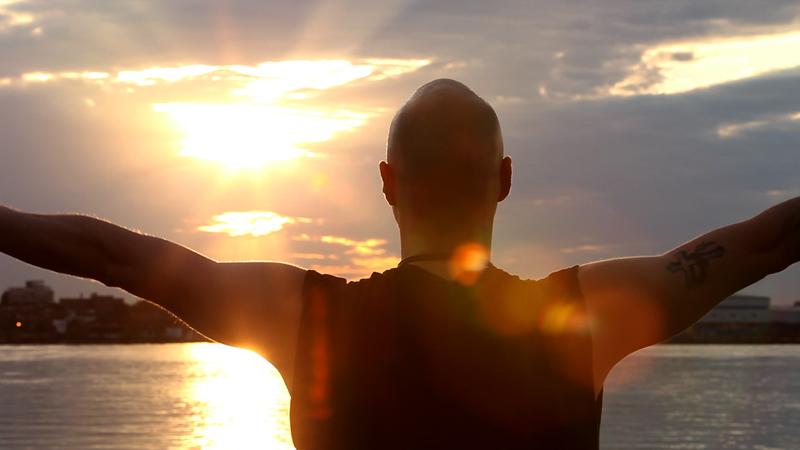Sunlight is a critical component when it comes to the activation of our sleep cycle. This sleep cycle is better-known as our circadian rhythm. Wikipedia describes the circadian rhythm as “an internal, natural process that regulates the sleep–wake cycle.” This cycle repeats once every 24 hours.
Viewing sunlight first thing in the morning helps regulate our circadian rhythm. When sunlight enters the eye, it sends a neurological signal for the body to start producing Cortisol. Cortisol is a hormone that stimulates the body’s ‘wakefulness’ state, and it also helps to increase focus.
Furthermore, sunlight also triggers our body to start the release of both Serotonin and Dopamine. These neurotransmitters are responsible for elevated mood and motivation. The pineal gland eventually metabolizes serotonin into melatonin. Melatonin is the hormone that signals the feeling of sleepiness in the body. Therefore, the more serotonin that is built up throughout the day will increase the amount of melatonin in the body at nighttime. This affect helps you fall asleep quicker.
In addition to sunlight, you can also help set your circadian rhythm by engaging in these three other behaviors:
- Exercising in the morning
- Eating early in the day
- Engaging in social interaction in the morning

Next, it should also be noted that viewing light late in the evening can have a detrimental effect on your sleep health. The reason being is that light actually blocks the release of melatonin. Therefore, timing your exposure to light is critical in setting your circadian rhythm.
Lastly, viewing light between the hours of 11pm and 4am can disrupt the body’s distribution of dopamine. This can cause someone to have a lack of motivation and a sense of wellbeing the next day. It is recommended to avoid light if you wake up in the middle of the night.
This information has been retrieved from the following YouTube podcast with Dr. Andrew Huberman — Professor of Neuroscience at Stanford University.
You can learn more tips and tricks to increase the quality of your sleep health by checking out the ‘Science of Sleep‘ section of our website.

